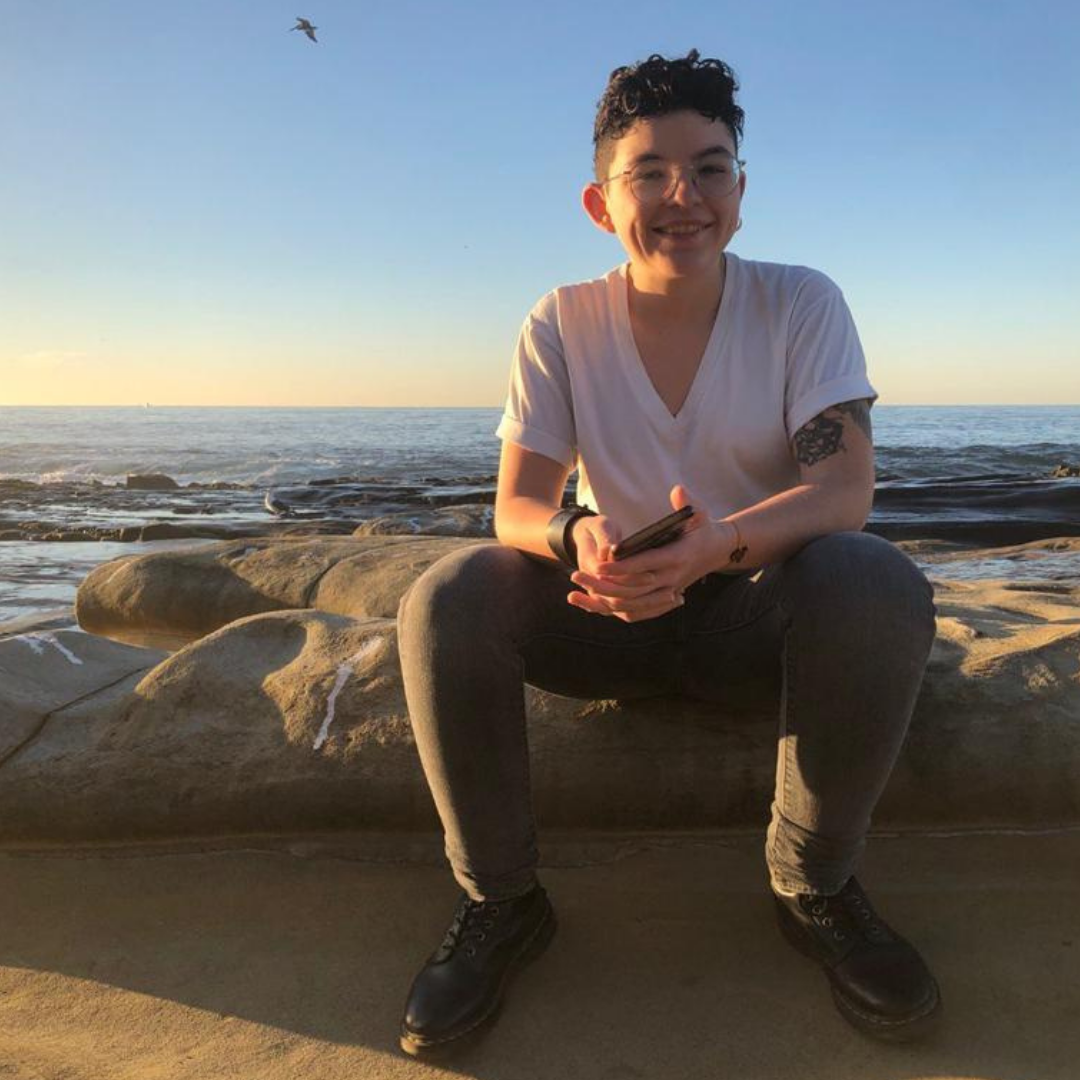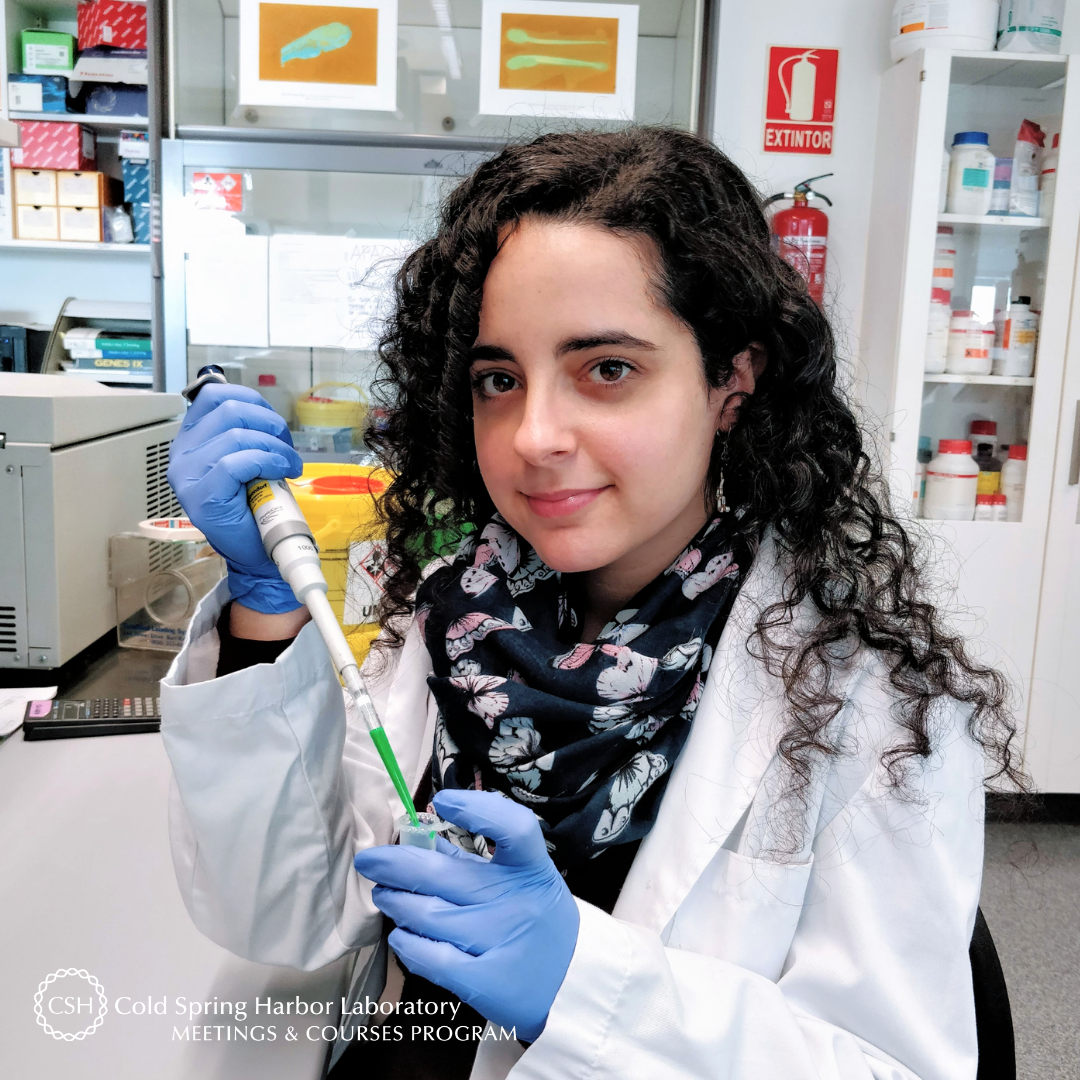Meet Monica Nair who is a first-year medical student at the Cleveland Clinic Lerner College of Medicine while also pursuing a master’s degree in bioinformatics at Case Western Reserve University! At the 2020 Biological Data Science meeting, she represented the Tae Hyun Hwang’s lab at Cleveland Clinic’s Department of Quantitative Health Sciences with a poster presentation on “Single cell trajectory analysis to predict biomarkers of sustained CAR T cell response in non-Hodgkin lymphoma.” This meeting represents Monica’s first one at CSHL as well as her first-ever poster presentation at a scientific question.
Tell us about your research.
My research is involved with looking at the transcriptional changes CAR T cells undergo post-infusion. I am interested in discovering how these transcriptional changes can present early clinical indicators of treatment success or failure and how these changes can inform us of potential combination therapies.
How did you decide to focus on this area/project?
My interest in cancer genetics and background in computational biology fit in naturally with analyzing single cell RNA sequencing data from CAR T cells and their target cell population. The current dilemma of CAR T cell therapy being a promising yet expensive treatment option led me to want to study how we could better predict individuals that would have a favorable response to this therapy and better understand how we can improve upon current CAR T cell therapy.
What and/or who is the inspiration behind your scientific journey?
I am motivated to continue along my scientific journey by all of my previous research mentors who have believed in my ability to build upon my background while incorporating new skills, such as supplementing my basic science techniques with computational analysis. My current education as a medical student also inspires me to always consider the clinical implication of every research project.
Where do you see yourself in five years?
Five years from now, I hope to be immersed in the field of oncology as a physician and as a researcher. I hope to be using information from sequencing techniques to better guide care for my patients.
What do you love most about being a researcher?
I love being able to solve problems from different angles. As a wet biologist and computationalist, I enjoy thinking about answering and asking biological questions from multiple points of views and then having conversations with other researchers in these respective areas of research.
What drew you to attend this meeting?
A bioinformatician in my previous lab had attended this conference in the past and highly recommended it! I was excited to have single cell RNA sequencing data to share with this group.
What is your key takeaway from the Meeting; and how do you plan to apply it to your work?
This meeting showed me how advanced single cell technology is becoming, and how tools are now focused on integrating these different approaches (multi-omics). This meeting also highlighted how new technology is being applied to the fields of personalized medicine, image analysis, and COVID-19 research. I hope to use these new tools for integration, such as from the Satija lab, in my own research.
What feedback or advice would you share with someone considering to participate in this meeting?
I was nervous about how interactive this meeting would be, since the conference was held entirely online. But I was amazed by the numerous thoughtful questions people added to the chat after each presentation. The Slack channel also provided an easy way to network with people with similar research interests. My advice would be to engage in whatever format you can!
What’s the most memorable thing that happened during the Meeting?
I actually really enjoyed the virtual format of the poster presentations. It gave me time to look at each poster and then ask questions to the authors through Slack. I also enjoyed the single cell and personalized medicine sessions, and walked away feeling inspired by all of the thoughtful research being conducted in these fields.
Thank you to Monica for being this week's featured visitor. To meet other featured researchers - and discover the wide range of science that takes part in a CSHL meeting or course - go here.
Image provided by Monica Nair
































